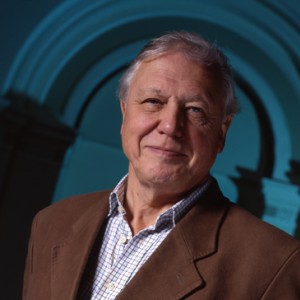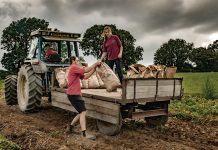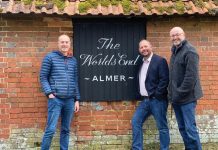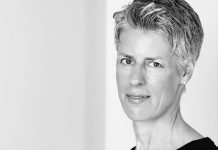Sir David Attenborough talks to Fergus Byrne
There are few people that haven’t at some point in their lives been captivated by David Attenborough’s engaging descriptions of the various living organisms on our planet. Now known as Sir David, after his knighthood in 1995, his career has taken him to far-flung corners of the planet, in search of the natural wonders of our living world. In his life, he has seen half a million flamingos feeding at dawn on a lake in Africa; he has watched herds of elephant making their way silently through the forest; he has visited the Australian Great Barrier Reef and the American Grand Canyon and has studied the spectacular and glamorous Birds of Paradise as they flaunted their plumes in New Guinea. He is currently filming a series about reptiles and amphibians for the BBC and will visit exotic locations in Australia, South Africa and Madagascar over the next few months – but not before taking time out to visit Dorset. In September he will officially open the Jurassic Coast gallery at the Dorset County Museum in Dorchester.
Thanks to a grant from the Heritage Lottery Fund, the existing Geology gallery has been completely transformed to offer an educational focal point for all visitors to the Jurassic Coast World Heritage Site. The gallery charts the full 95 miles of coastline from Exmouth in Devon to Old Harry Rocks in Dorset. A fascinating geological story is delivered through touch, sound, text, and interactive displays, and at levels to suit all ages and all abilities.
Sir David is no stranger to the Jurassic Coast and before talking about the dangers posed by man to our environment, he spoke of the dangers posed by nature to man when it comes to fossil collecting. “Like hundreds of thousands of other people I have relished collecting those ammonites,” he told me. “But these cliffs are very unstable. If you are picking up stuff from rocks and boulders at the foot of the cliff you can’t do any harm. These cliffs are under attack by the waves more than by the fossil collectors, there are a lot of cliff falls.”
This year Sir David celebrated his 80th birthday filming giant tortoises on the Galapagos Islands. His more than 50 years in broadcasting have taken him to remote and wild places, where his knowledge and passion for the living world has helped him create programmes and books that show us the colourful, vibrant and intriguing world that we share with so many living things. He has shown us a world of extraordinary diversity and beauty, a world of innovation and adaptation, where natural survival instinct communes with seasonal change, and the natural order of animal hierarchy battles for living space in a rapidly changing world. Through his eyes, we have seen the daily battles of so many creatures as they try to survive their natural enemies.
It is a world however that is under threat from one incredibly powerful creature. While Sir David has been able to bring us some of the more spectacular images from around the natural world, he is acutely aware of the spectacular and unnatural disaster that man is bringing to the planet. Uniquely placed to observe changes in our planet, he says we all must become aware of environmental damage. He told me, “The notion that we, all of us have to take on board and that we have to recognise, is, that every carbon-dioxide molecule that we have produced, either breathing, or burning petrol or fuel or whatever, goes up there and adds to the blanket around the world, and it will stay up there for a hundred years. And the fire I sat by 75 years ago – the carbon dioxide produced then is still up there. So even if the world became marvellously conscientious and stopped breathing carbon dioxide or burning fuel we would still be in a position where temperatures would rise. So to some extent, we can’t stop it – all we can do is ameliorate it. But we ought to reduce the rate of increase. We are not going to be able to return to levels of fifty years ago.”
Sir David shares the concern that many are turning a blind eye to the effects of global warming, in fact, there are still those that refuse to believe it exists. “If one really took seriously how you convert sunshine into power, and we are going towards that, solar power is becoming a real possibility,” he said. “That’s going to be a huge improvement. The problem at the moment is that people don’t even believe it. I mean I’ve just been in Tucson, Arizona where temperatures have been 110 degrees. And there’s this town absolutely roasting, and not a solar panel in the place!”
In our little corner of the world, we are fortunate to have a community that is steeped in culture and living history. Thanks to the vision of people like Professor Denys Brunsden, our coastline is now recognised as one of the many wonders of the natural world. Thousands of visitors will come to explore the rocks and boulders and many will hope to take home a prize that represents a piece of the history of life on earth. Sir David Attenborough, like many others, can only hope that our generation and those to follow us will find some way to ensure a future for our planet. If we are unable to somehow reverse or repair the persistent environmental damage that we inflict, we may one day become the very relics that our visitors so cherish.










